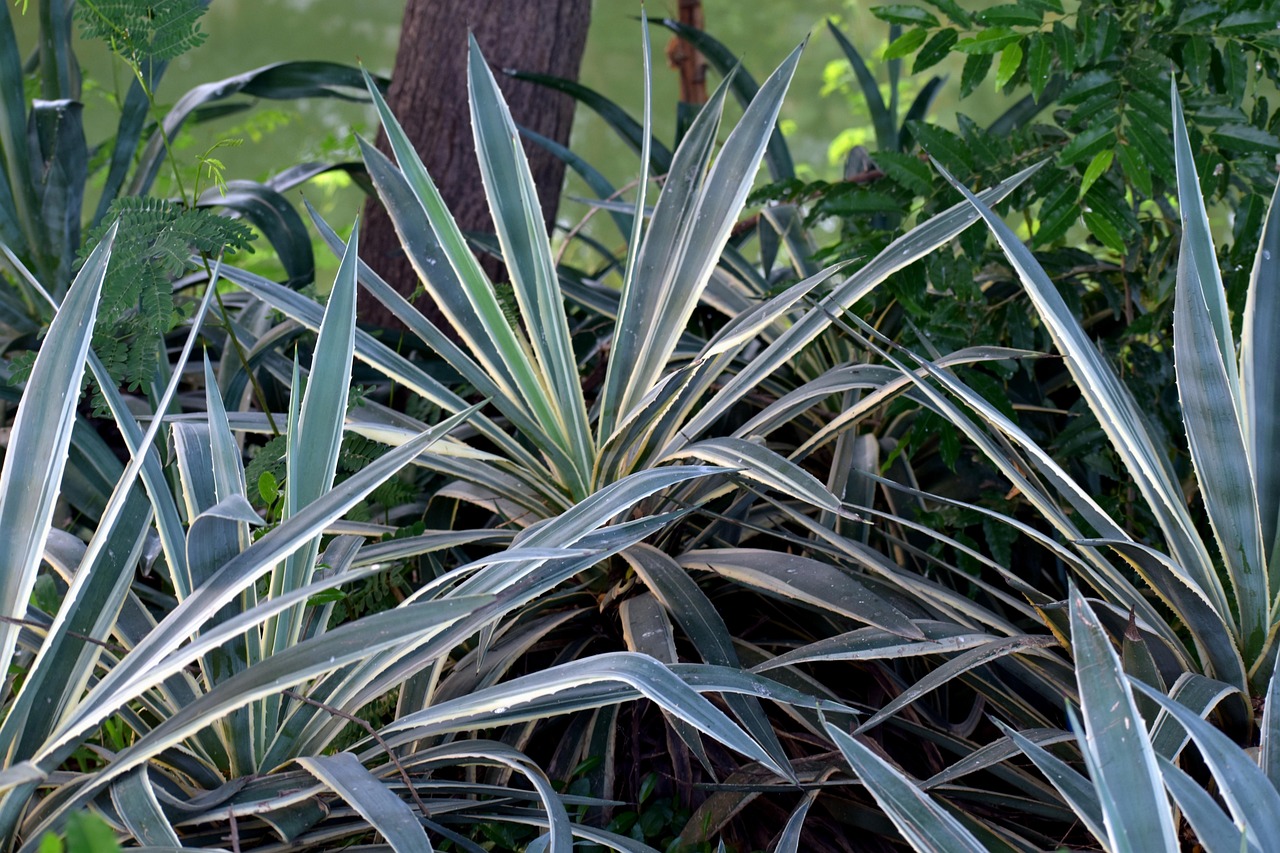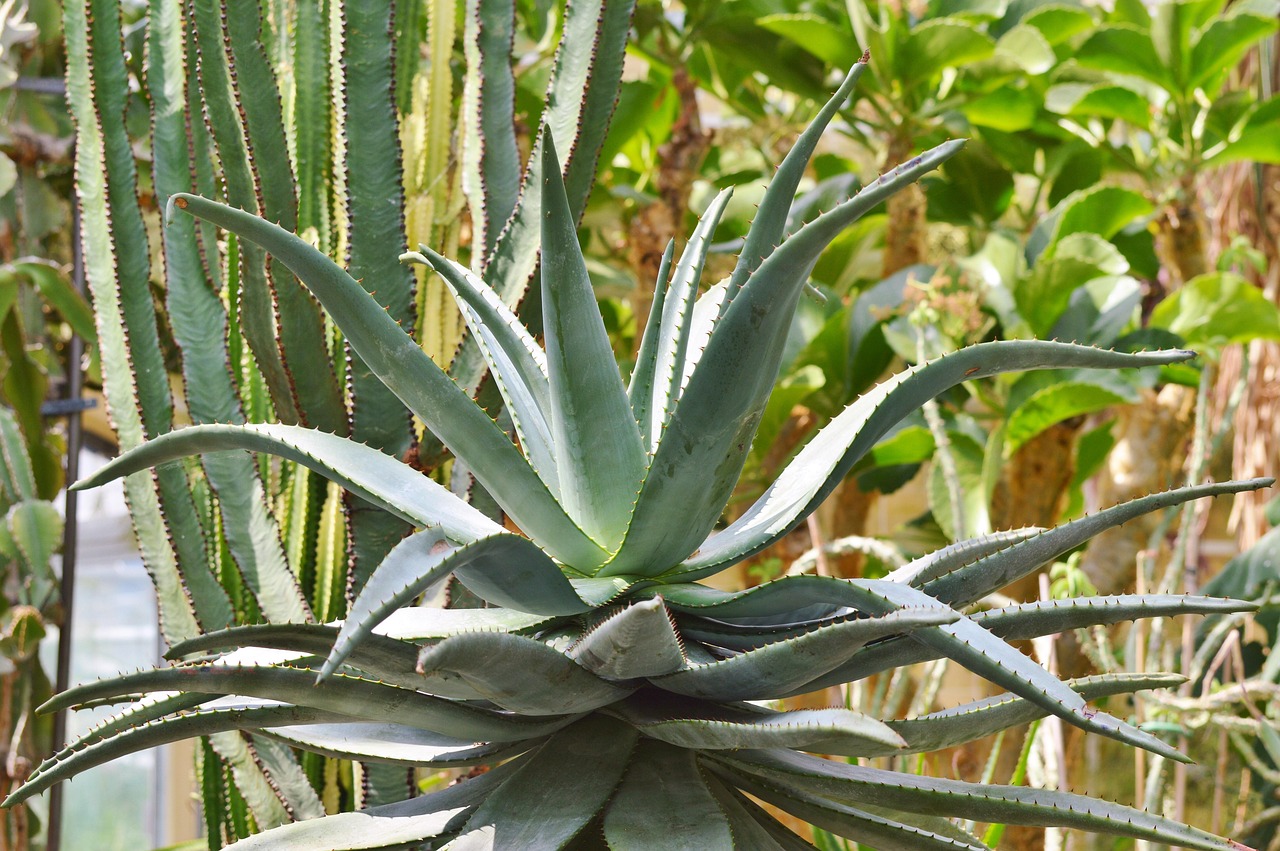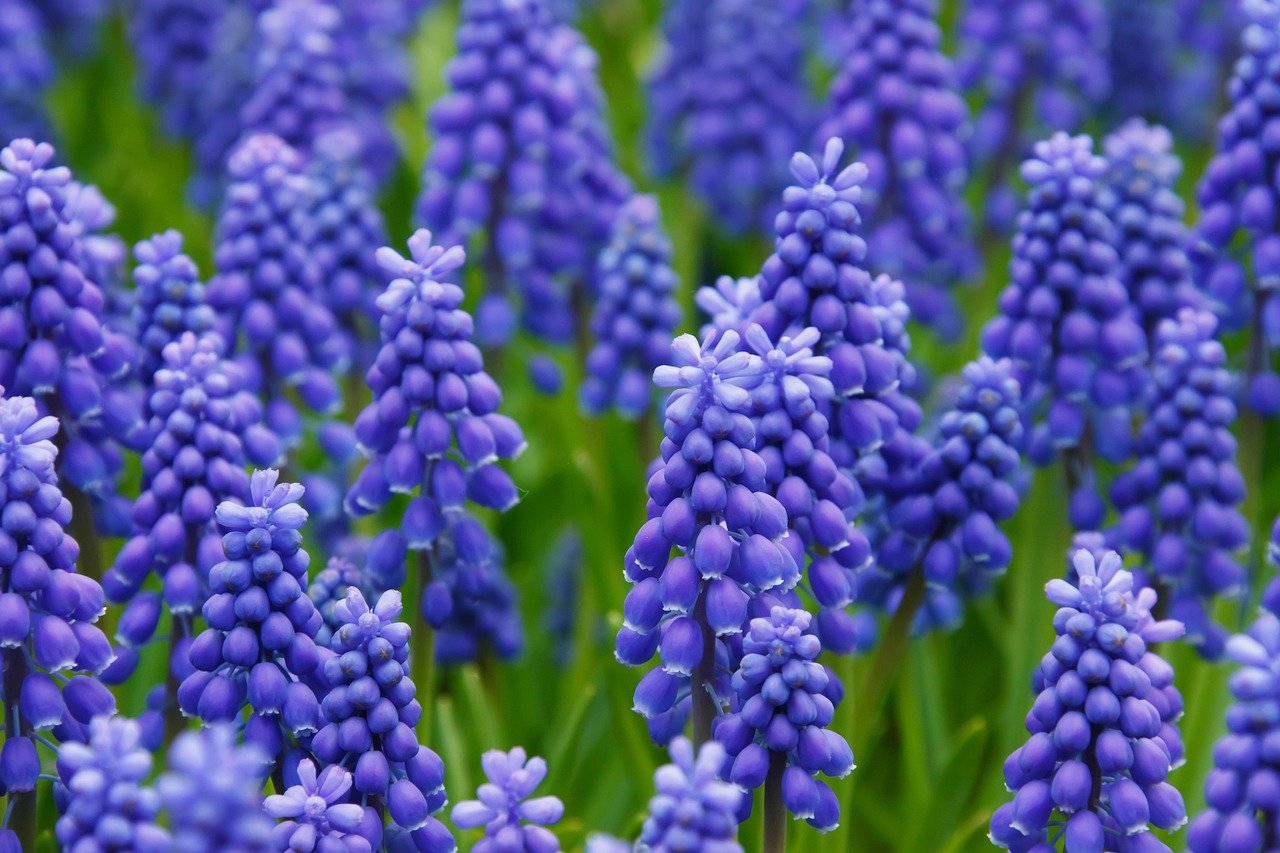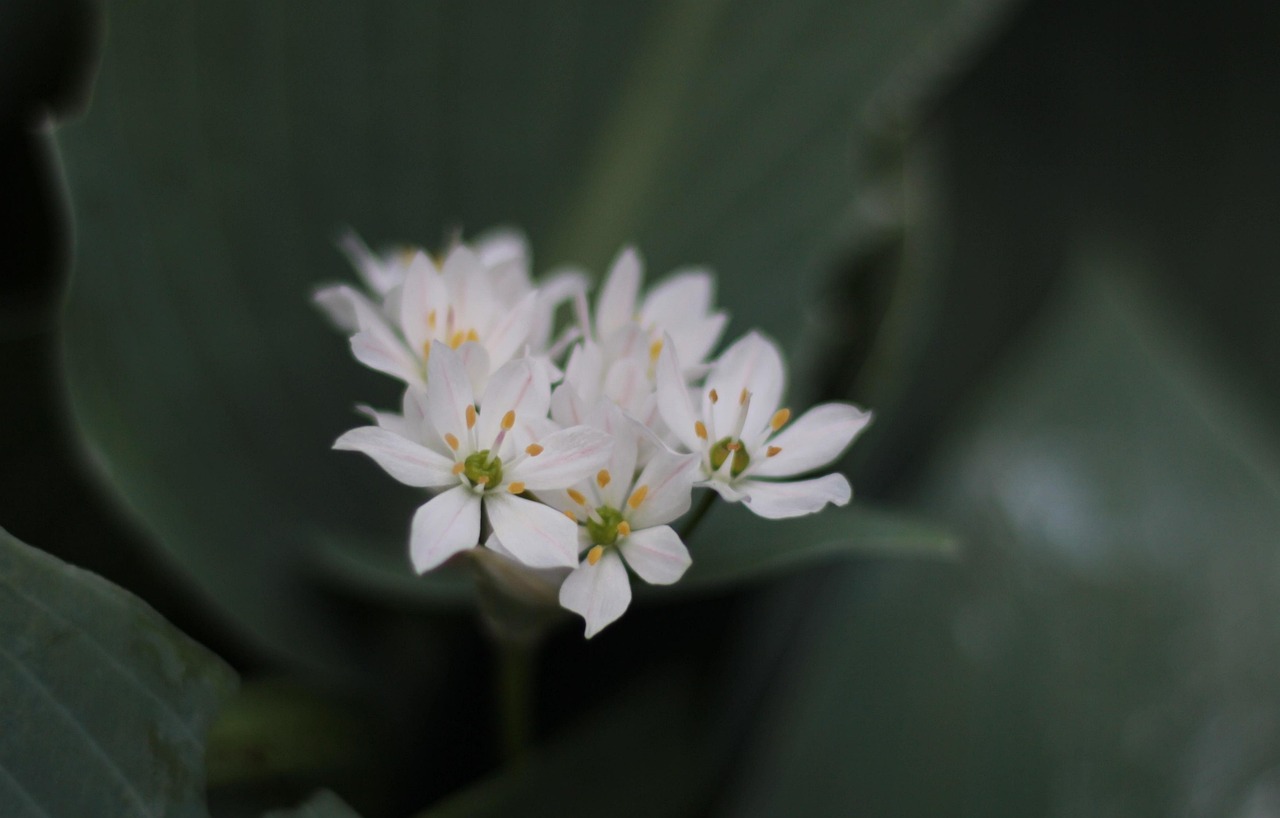Star of Bethlehem | Features and Care

Star of Bethlehem is a bulbous plant that produces star-shaped white flowers in early spring, known for its delicate and graceful appearance. When planted in groups, it creates a carpet of blooms, making it a popular choice for ground cover in gardens and parks. Hardy and self-propagating, it is also well-suited to natural-style gardens.
This article explores its features, cultural background, historical significance, and tips for care.
Basic Information
- Scientific name: Ornithogalum umbellatum
- Family: Asparagaceae
- Origin: Europe, Mediterranean region
- Appearance: Slender leaves spread near the ground, while flower stalks rise 10–20 cm high bearing pure white star-shaped flowers with green stripes on the reverse side of the petals.
- Blooming season: April to May
Cultural Significance Around the World
Star of Bethlehem has long been cherished in European gardens for its elegant form and scenic beauty when growing in clusters. In countries like the UK and Germany, it is recognized as a harbinger of spring and often planted in parks or cemeteries.
Its early blooming nature makes it a memorable sign of the changing seasons and a valued addition to naturalistic garden designs. The pure white flowers are also used for wedding decorations, where their visual purity enhances ceremonial spaces.
Recently, growing interest in natural gardening has brought renewed appreciation for this species in various parts of Europe.
Historical Background
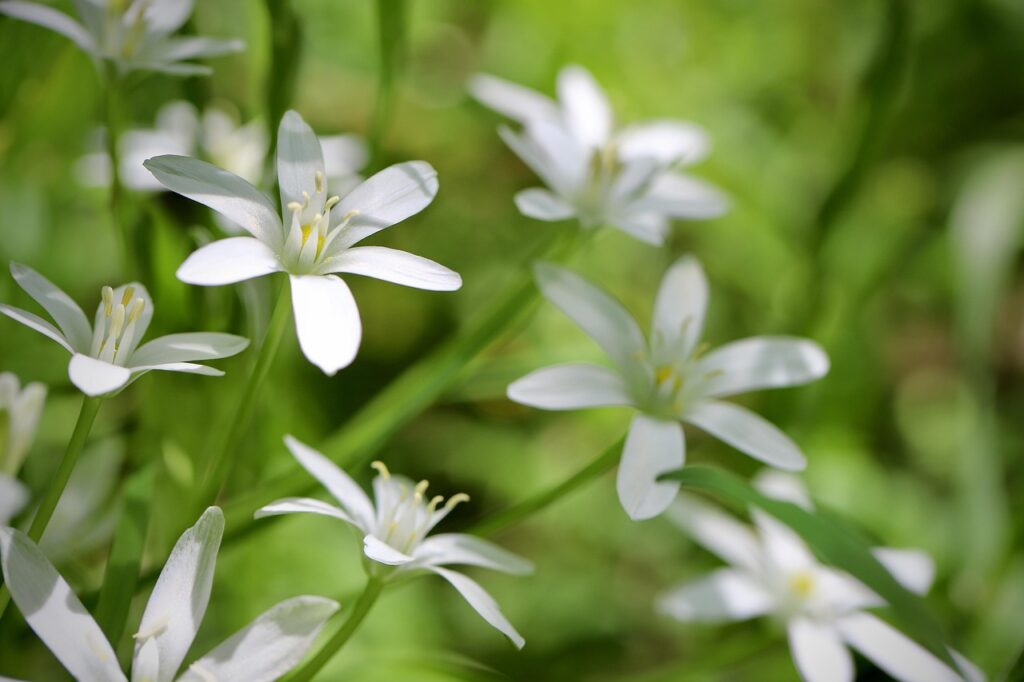
Star of Bethlehem was known in ancient Roman times, spreading naturally as a wild plant throughout the Mediterranean region. In medieval Europe, it was cultivated in monastery gardens and valued for marking the arrival of spring.
From the 17th century onward, it was cultivated by horticulturists in England and the Netherlands as an ornamental bulb plant. In the Netherlands, it became one of the staple spring-flowering species alongside tulips.
In the 19th century, it was introduced to North America and used in city parks and botanical gardens. Today, it has naturalized in many parts of Europe and America, and continues to be beloved as a springtime flower.
Gardening Advice
Star of Bethlehem is relatively easy to care for and can form beautiful clusters over time. Here are some key points to keep in mind:
Sunlight
Prefers full sun but can grow in partial shade. In lower light conditions, flowering may be somewhat reduced.
Watering
Somewhat drought-tolerant. After planting, avoid overwatering. Until the bulbs are established, make sure the soil does not dry out completely.
Soil
Well-drained sandy soil is ideal. In damp locations, consider raised beds or mounded soil to prevent bulb rot.
Fertilizer
Fertilization is generally unnecessary, but applying a slow-release fertilizer after flowering can help improve blooming in the following year.
Planting
Plant bulbs in autumn at a depth of 3–5 cm, spacing them about 10 cm apart for effective clustering.
Propagation
The bulbs naturally multiply. Every few years, dig up and divide the bulbs to maintain healthy growth and spacing.
Conclusion
Star of Bethlehem is a spring-blooming bulbous plant with pure white flowers that signal the changing season. Known since ancient Rome and cultivated in European monastery gardens, it gained popularity as an ornamental species from the 17th century onward.
Now naturalized in many regions, it adds quiet charm to gardens with its understated beauty. Valued for its self-propagating nature and scenic impact when grown in clusters, it is a timeless favorite for spring landscapes.

